Decoding the Heft: Single, Double, or Triple Weighted Chess Pieces – Which is Right for You?
Chess. A game of kings, queens, and strategic minds, enjoyed globally. You've likely bought a set, perhaps for pure entertainment. But then you play. A nudge of the table sends pieces scattering. A light breeze through an open window threatens your carefully planned attack. Suddenly, the very feel of the pieces – their size, stability, and yes, their weight – becomes a crucial part of the experience.
It's no wonder the World Chess Championships and serious competitions have focused on standardization. Chess pieces aren't just functional; they're tactile. They come in a delightful variety of sizes, forms, colors, and, importantly for today's discussion, weights. Let's delve into what "weighted" really means and how to choose the right heft for your game.
The Weight of History: Why Weighted Pieces Became a Game Changer
Back in the 19th century, as chess surged in popularity, a common grumble arose: lightweight pieces. They were finicky, prone to toppling, and simply didn't feel substantial. Imagine the frustration of a complex game disrupted by a minor bump!
The solution was elegant: adding small metal weights to the base of each piece. This simple addition:
- Lowered the center of gravity: Making pieces significantly more stable and resistant to tipping.
- Provided a premium feel: Playing with weighted pieces immediately felt more solid and satisfying compared to their hollow, plastic, or unweighted wooden counterparts.
Despite this clear improvement, there isn't a rigid industry-wide definition for "single," "double," or "triple" weighted. Sellers generally use these categories as a guideline, with the King's weight being the benchmark:
- Single Weighted: King weighs around 1 ounce.
- Double Weighted: King weighs around 2-3 ounces.
- Triple Weighted: King weighs around 3-4 ounces.
Let's break these down.
Single Weighted Chess Pieces: The Entry to Stability
Single weighted pieces typically feature one metal slug (often iron) in their base. This offers a discernible difference from unweighted sets, providing that initial taste of stability and a more pleasant feel.
- Characteristics: A typical single-weighted King might be around 3.7 inches tall with a 1.5-inch base diameter, weighing in at approximately 1 ounce. Other pieces are scaled proportionally.
- Best for: Tournament players on a budget or those new to weighted sets who want a noticeable upgrade in stability and playing comfort without a hefty feel. They significantly reduce the chances of pieces being accidentally moved.
Double Weighted Chess Pieces: The Balanced Contender
Double weighted pieces step it up, usually incorporating two metal studs. Here, careful consideration is given to the height and base diameter of each piece to ensure the weighting feels balanced.
- Characteristics: The King's weight typically ranges from 2-3 ounces. With chess piece Kings varying from 2.5 to 5 inches in height, the placement and size of the internal weights are crucial for that harmonious feel.
- Best for: Players seeking an optimal balance. Double weighted pieces offer excellent stability and a satisfying heft without feeling overly heavy for most. They are often considered the sweet spot for many enthusiasts.
Triple Weighted Chess Pieces: The Heavyweights of Stability
As the name suggests, triple weighted pieces usually contain three iron studs or sometimes lead for even greater density. This results in the most stable pieces available.
- Characteristics: The King in a triple-weighted set generally weighs between 3-4 ounces, with other pieces scaled accordingly.
- Best for: Players who prioritize maximum stability above all else. If you play in environments where bumps are common, or simply love a very substantial, anchored feel, triple weighted is for you. Beginners might find them a tad cumbersome at first, but the trade-off is unparalleled on-board security.
Beyond the Label: 7 Key Factors When Choosing Your Weighted Set
While "single, double, triple" gives you a starting point, other factors influence the perfect weighted chess set for you:
- Material: Wooden sets (like Sheesham, Rosewood, Ebony, or Boxwood) are classic and durable. Plastic sets are great for beginners or casual play. Metal sets offer a modern, substantial feel. The material itself contributes to the overall weight and feel.
- Weight Distribution & Base Size: Good weighting isn't just about total ounces; it's about how that weight is distributed. It should be concentrated in the base. The base diameter of a piece should be proportionate to its height (FIDE suggests 40-50% for the King) and the square size of your board (ideally 75-80% of the square). This ensures stability and prevents overcrowding.
- Stability (The Core Benefit): The whole point of weighting! Your pieces should feel planted and secure, allowing you to play freely without fear of accidental topplings.
- Design and Aesthetics: Weighted pieces shouldn't sacrifice beauty. Chess is an art form. Look for sets where the weighting complements the design, rather than dictating it.
- Quality and Durability: A well-made weighted set is an investment. The added weight, if properly incorporated, often goes hand-in-hand with more robust construction.
- Budget: Weighted sets span a range of prices. Determine your budget, but remember that quality often correlates with cost. A good wooden weighted set can last a lifetime.
- Reviews and Recommendations: See what other players are saying. User reviews can offer invaluable insights into the real-world feel and durability of a set.
Weighted Pieces in Tournaments: Player Preference Reigns
Interestingly, the official FIDE (World Chess Federation) handbook doesn't mandate specific weights for chess pieces. It states that pieces should have good stability and be easy to move, leaving the choice largely to player agreement. However, you'll find that most tournament players prefer weighted pieces for their reliable stability and satisfying presence on the board.
The Final Verdict: Is Heavier Better?
While there's no single "correct" weight, the consensus leans towards "yes, a bit heavier is generally better." The joy of moving a well-weighted piece, the satisfying thud as it lands, and the sheer stability it offers make for a superior playing experience.
When you're next shopping for a chessboard or looking to upgrade your pieces, giving serious thought to a weighted set is a move you won't regret. It elevates the game from a simple pastime to a more tactile and engaging strategic battle.
Ready to feel the difference? Explore a wide range of exquisitely handcrafted premium Chess sets, Staunton chess pieces, and more at ChessnBoards. Whether you prefer a minimalist design, need a tournament-ready set, or desire the timeless elegance of marble, find the perfect weighted pieces to enhance your game!
Share this
Popular posts
Featured collection
View allWe clean up after ourselves.
Ecommerce deliveries have a carbon footprint. That's why we support verified projects that remove carbon from the air.



Every delivery’s carbon footprint is calculated based on weight, shipping method, and distance traveled. We neutralize these emissions by purchasing verified carbon removal credits from groundbreaking projects.



With your purchase, you’ll join a community of proactive merchants and customers dedicated to a sustainable future. Together, we've removed emissions for over 71 million deliveries and removed over 50 thousand tonnes of carbon.

We work with a network of pioneering carbon removal companies that have been vetted by the commerce platform Shopify.

Let customers speak for us
from 416 reviewsThe feel and weight of the chess pieces is exactly what my husband was looking for. The minimalist pieces are beautiful. Great find that compliments the homemade chess board my husband and my 85 year old uncle made together. Both are of high quality!

The proportions are great (length to thickness) and the quality superb.

My chess pieces and board were beautiful! We had a few that were damaged and seller was always quick to communicate and worked with me until they were replaced!
They're so beautiful!! They were a gift and he absolutely loved them. (:
The Ruffian American Black and Gold Set is excellent. The pieces are firm and solid to the touch. The set is just as advertised, and it is all that I expected it to be. I am very satisfied with the set.
They're so beautiful!! They were a gift and he absolutely loved them. (:
My chess pieces and board were beautiful! We had a few that were damaged and seller was always quick to communicate and worked with me until they were replaced!
The Ruffian American Black and Gold Set is excellent. The pieces are firm and solid to the touch. The set is just as advertised, and it is all that I expected it to be. I am very satisfied with the set.
If you are looking for a roll-up board then this green and buff board should be your 1st choice. The back has a lining and the board contrasts well with the typical black and white pieces. Very well made

A solid well made set. Great craftsmanship l love the wood.

Excellent quality

I am so glad that I purchased this beautiful Herman Ohme chess piece set. The workmanship is excellent and I received the product in a few days. I would highly recommend Chessnboards to anyone interested in a high-quality chess set.



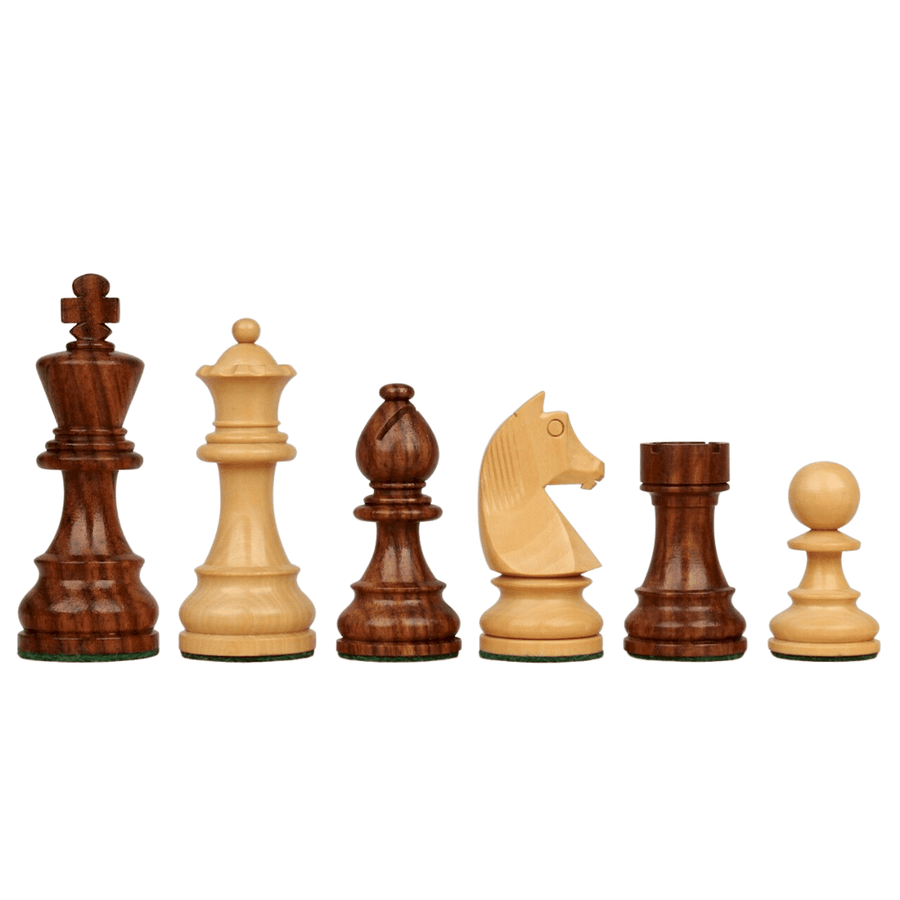
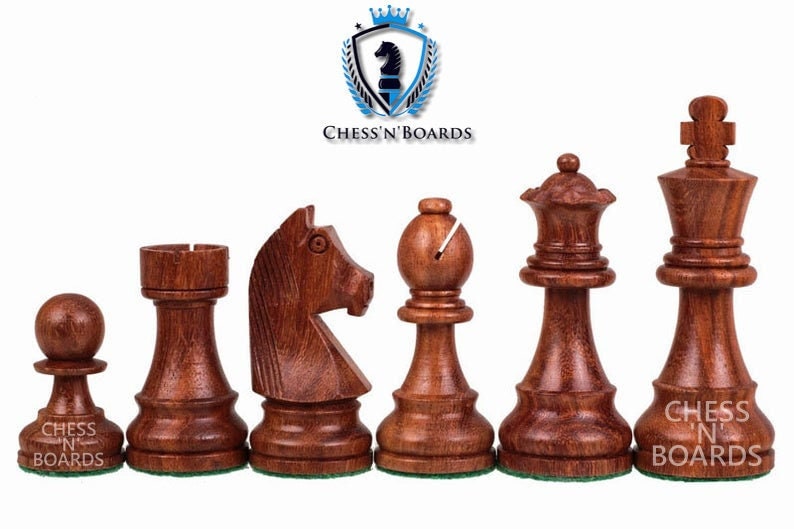
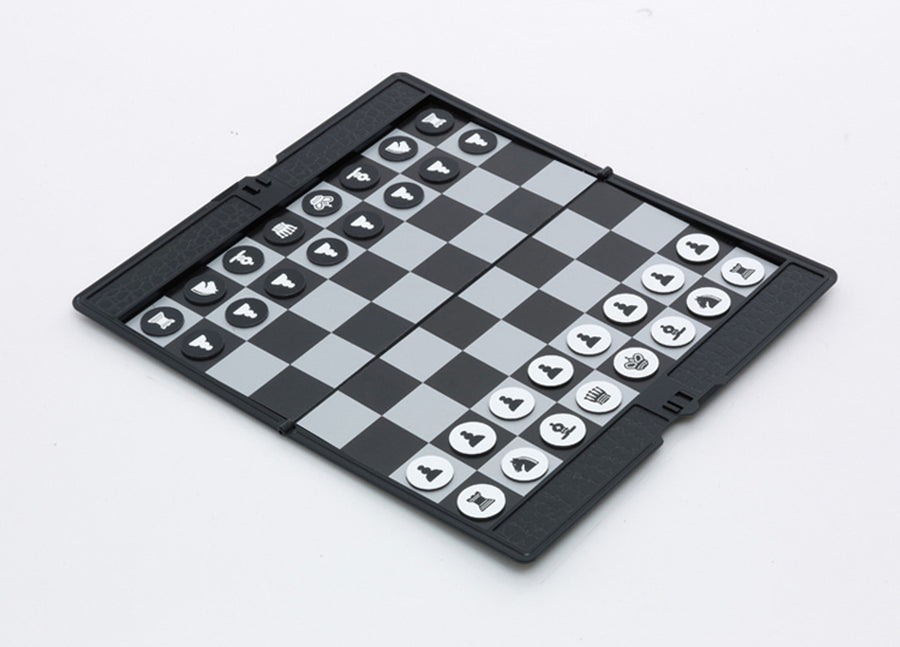
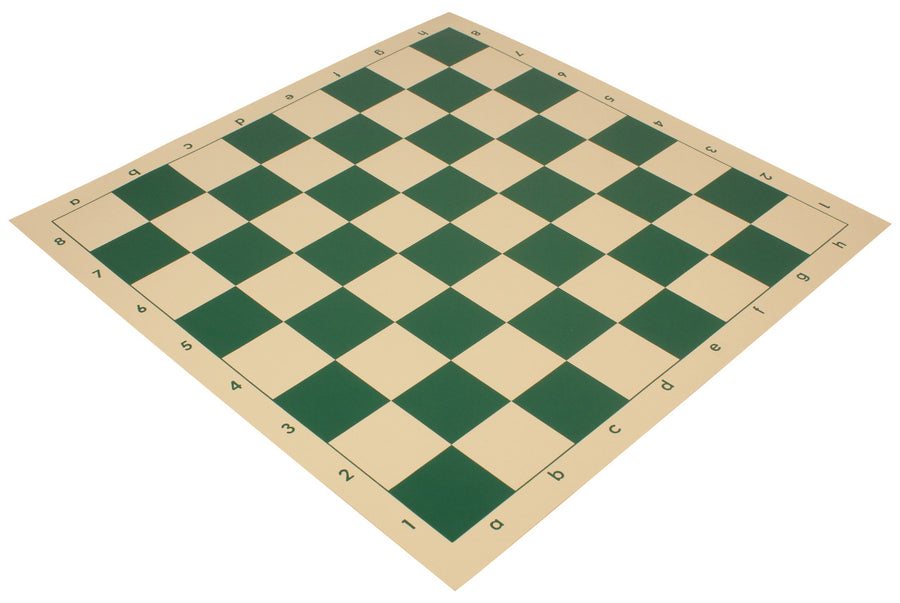
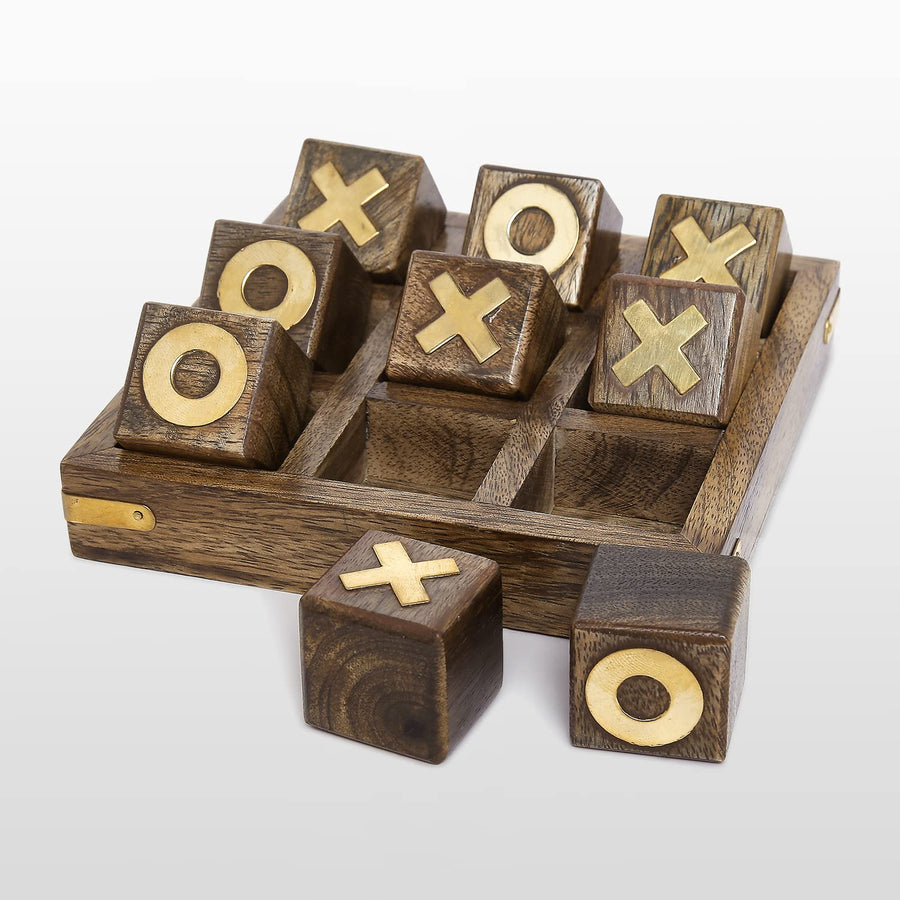
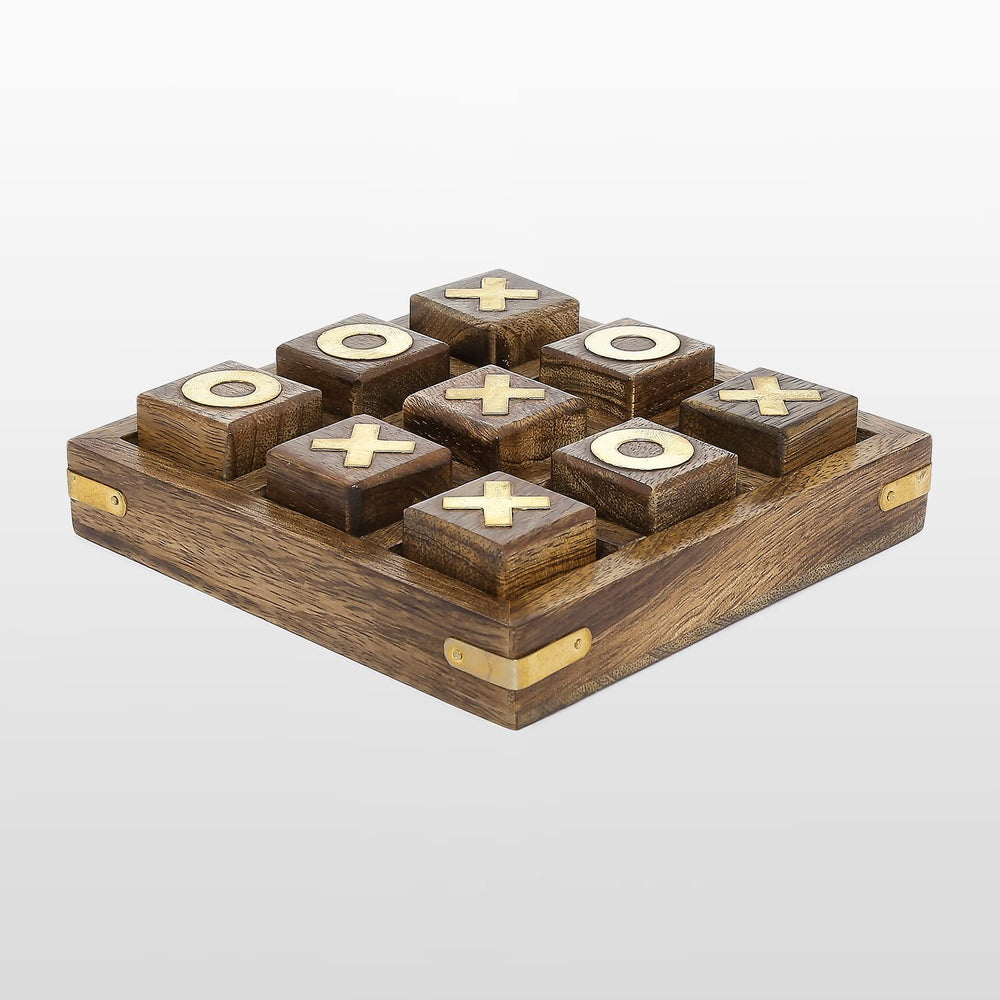
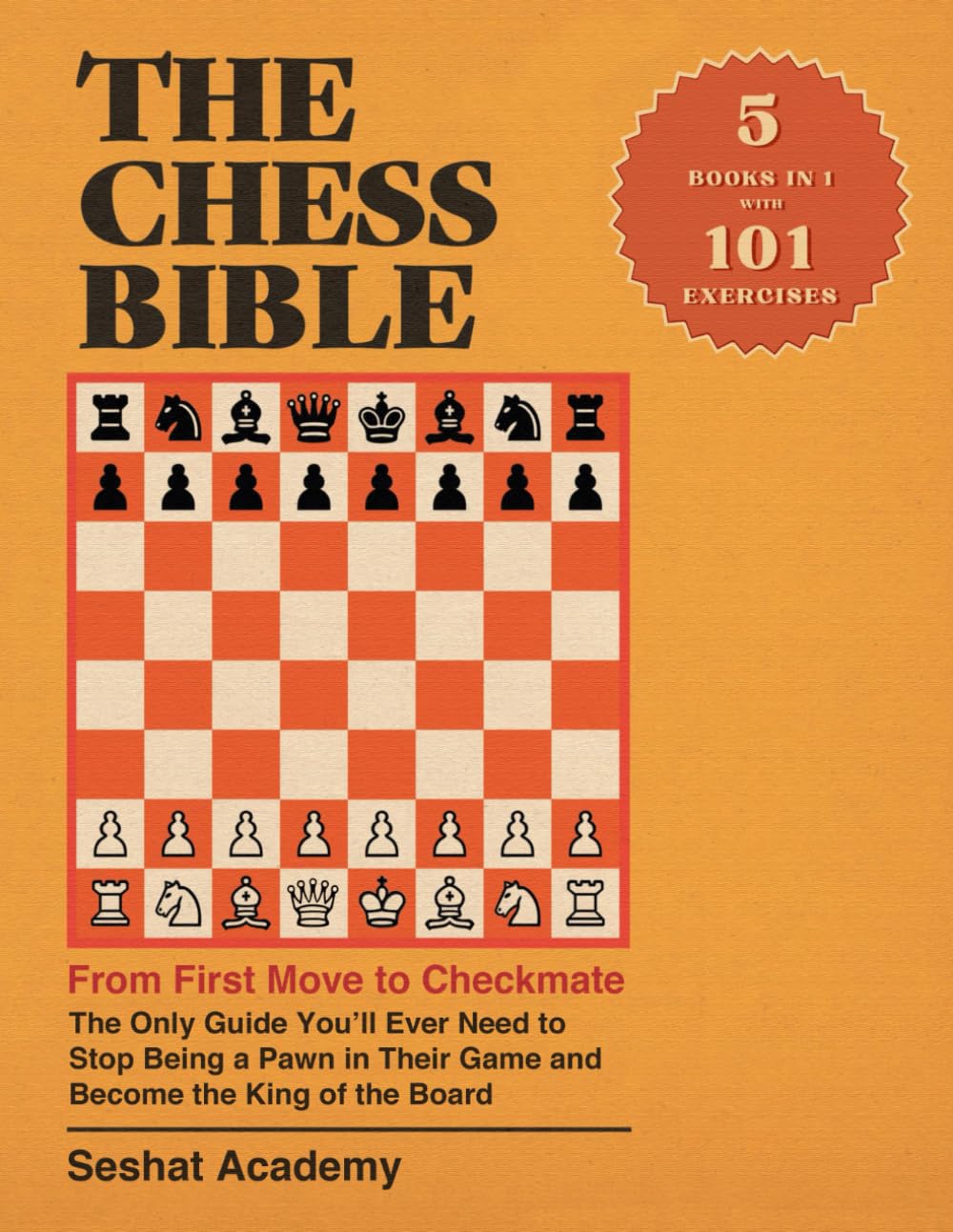

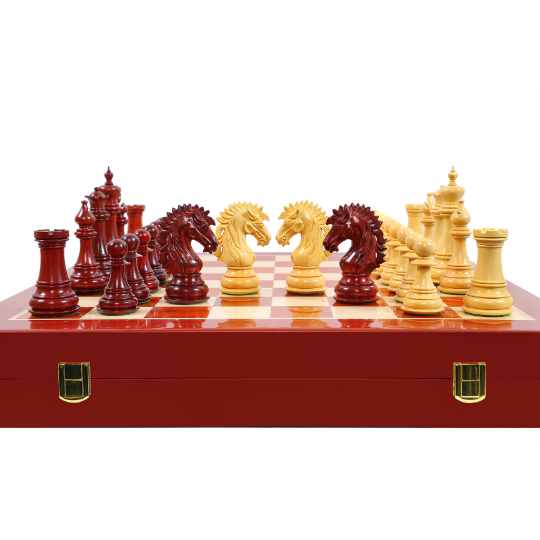
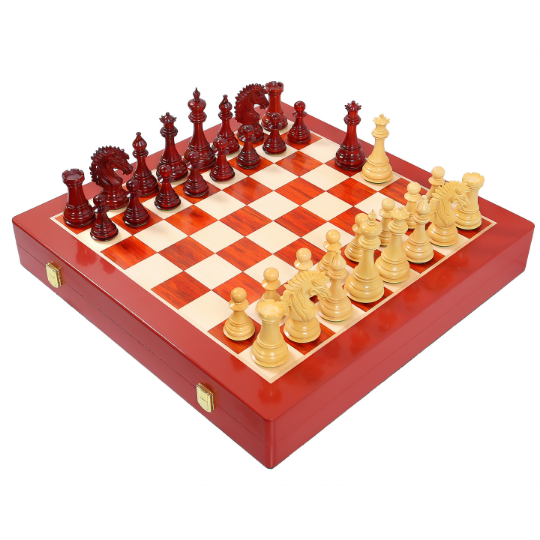
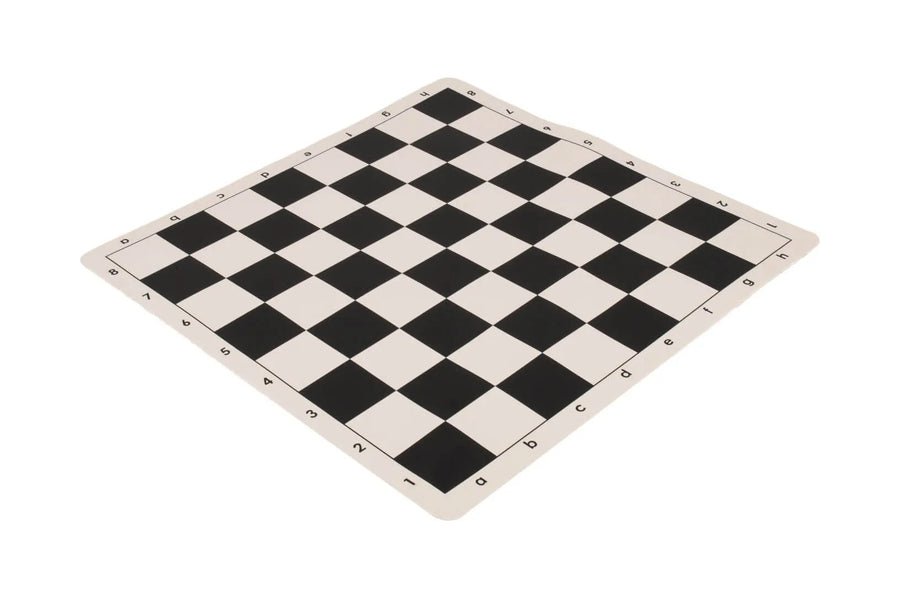

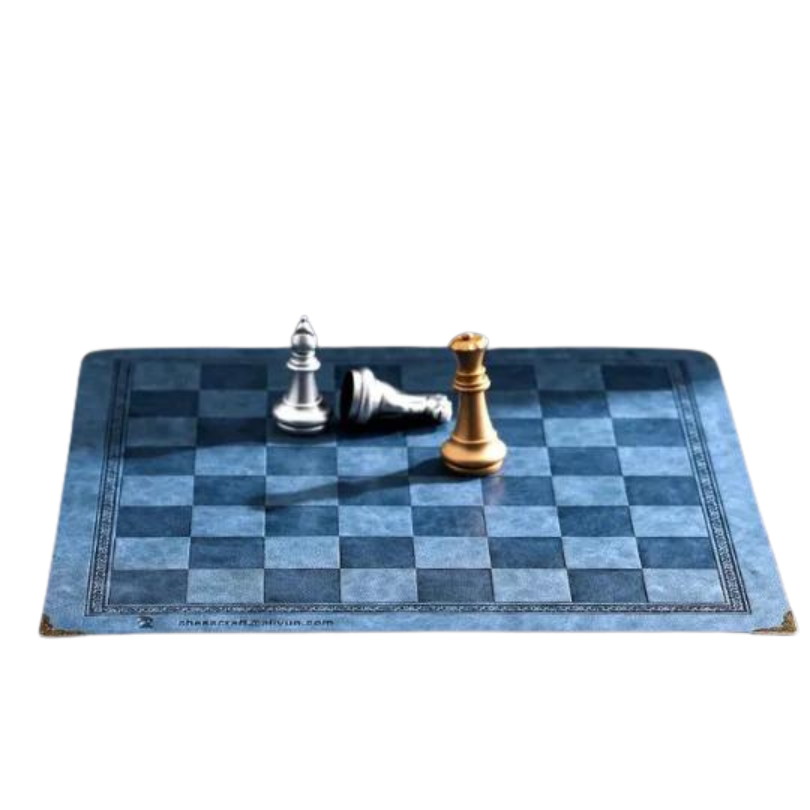
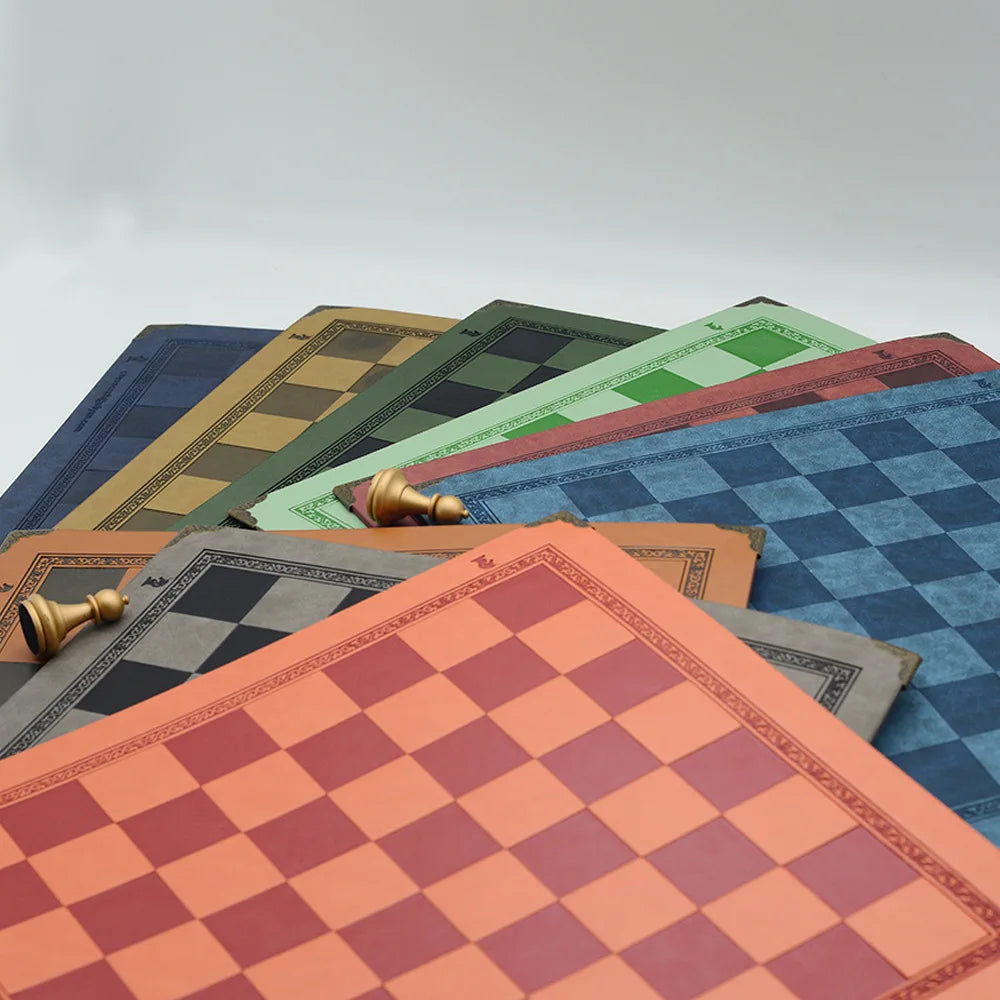
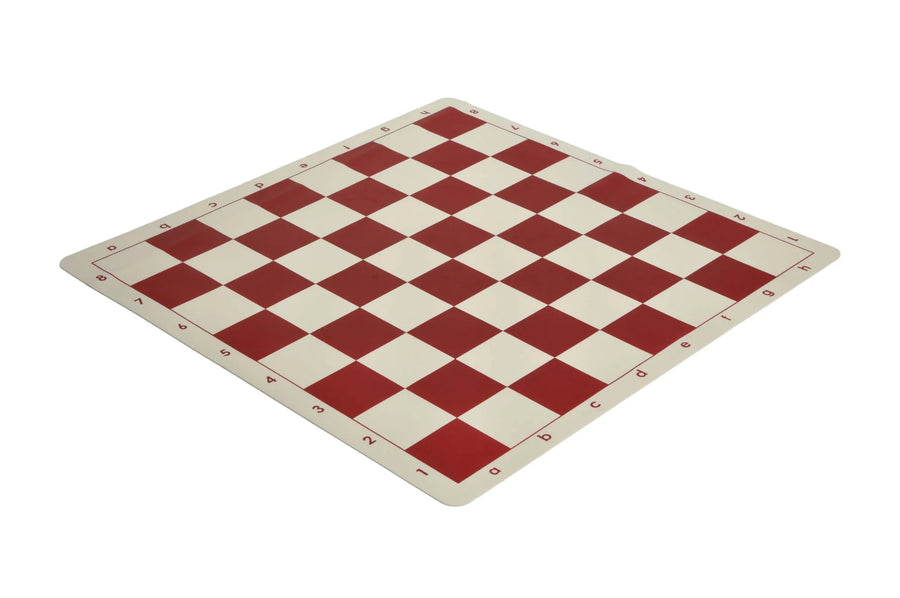

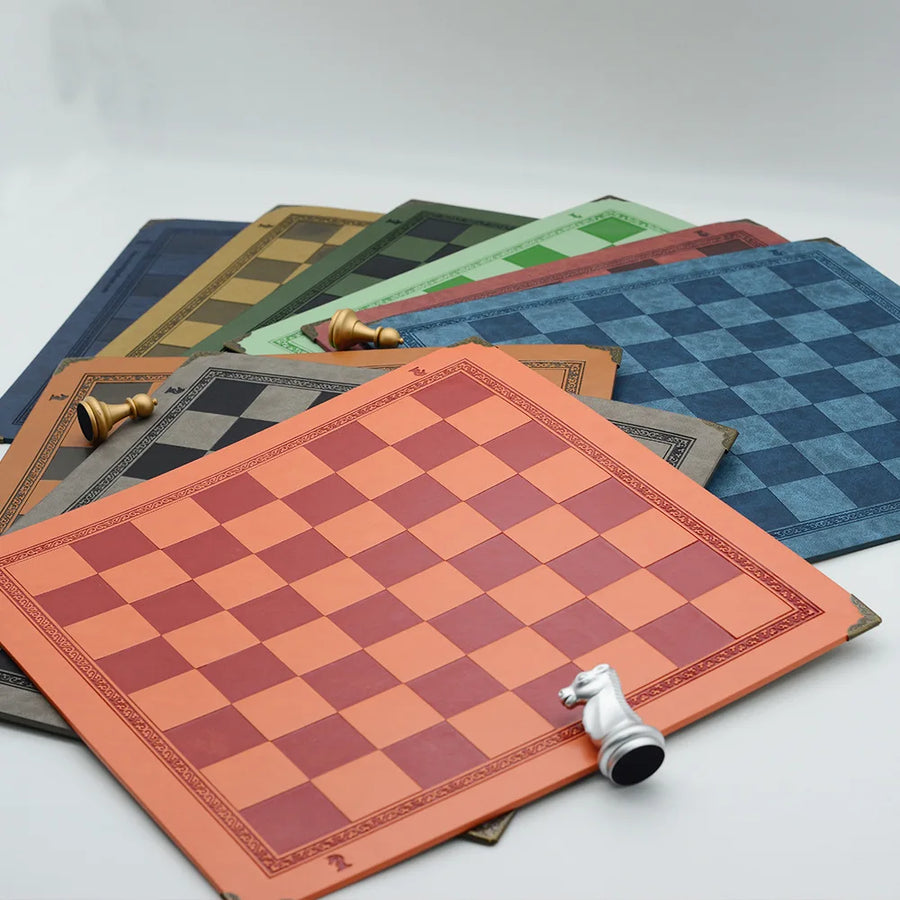
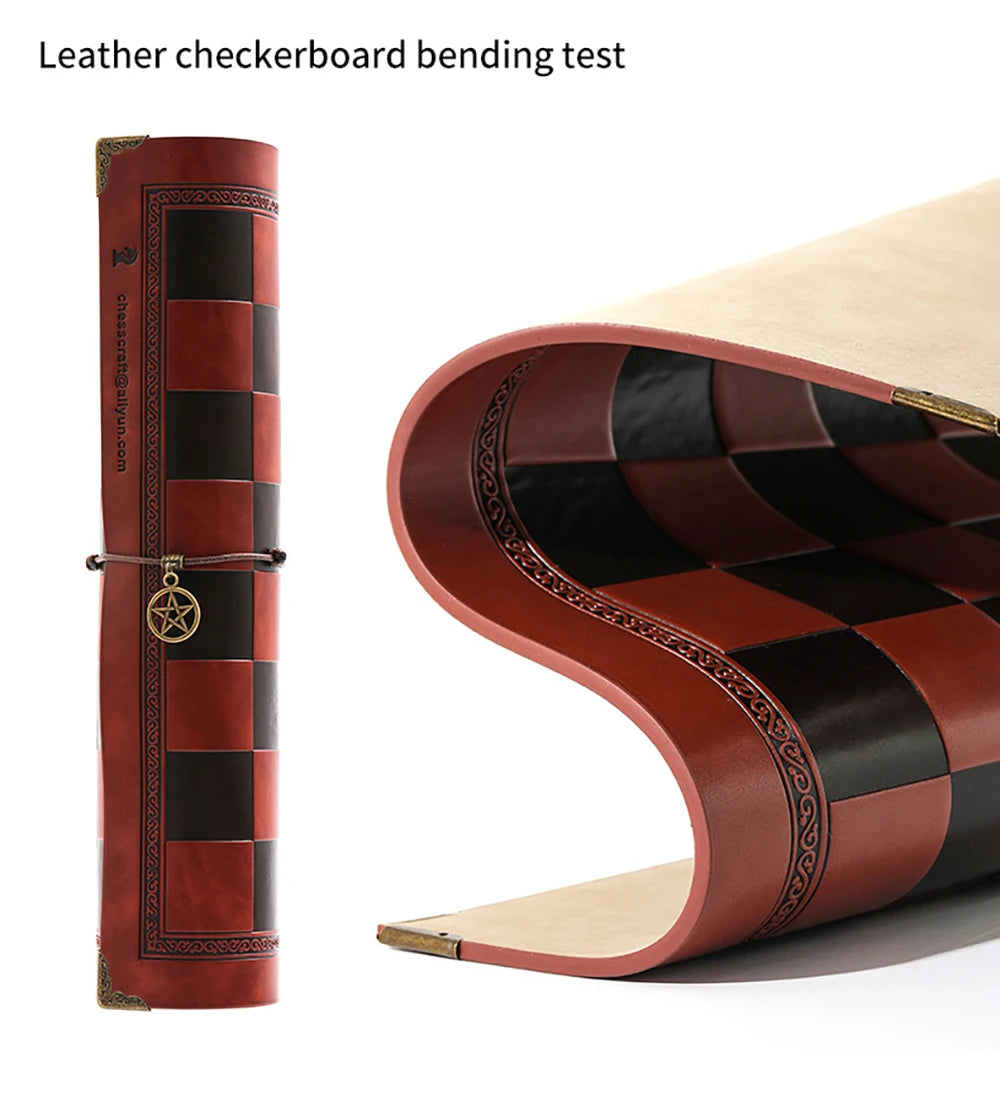
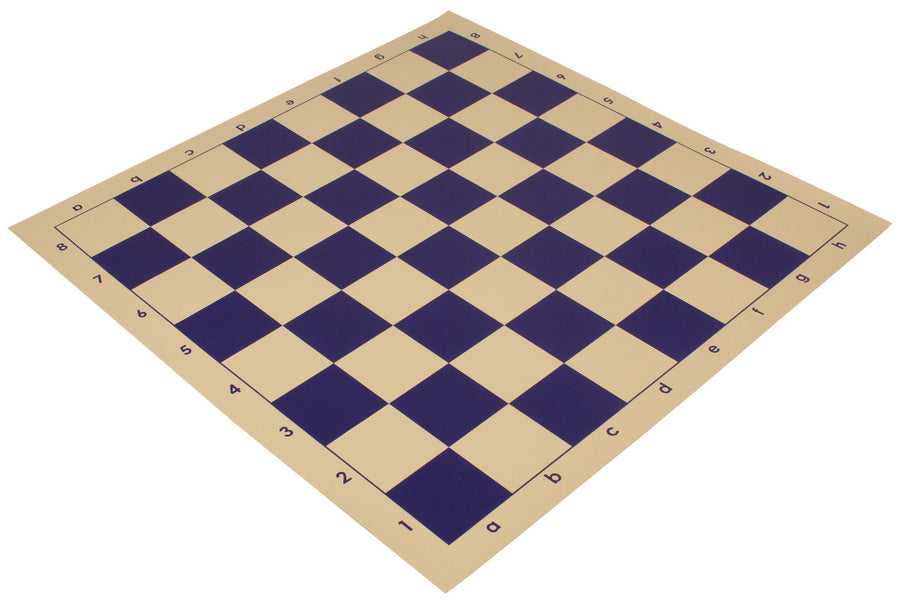
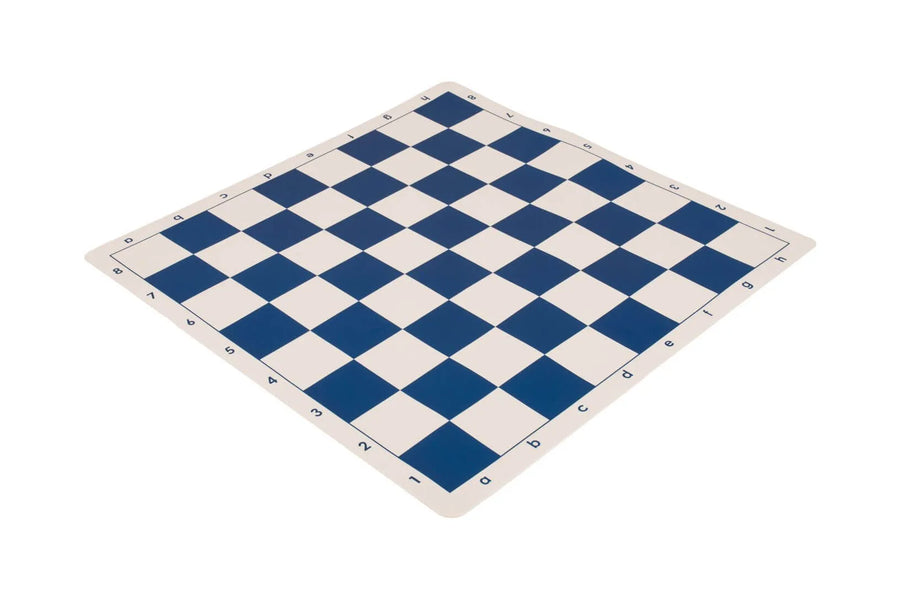
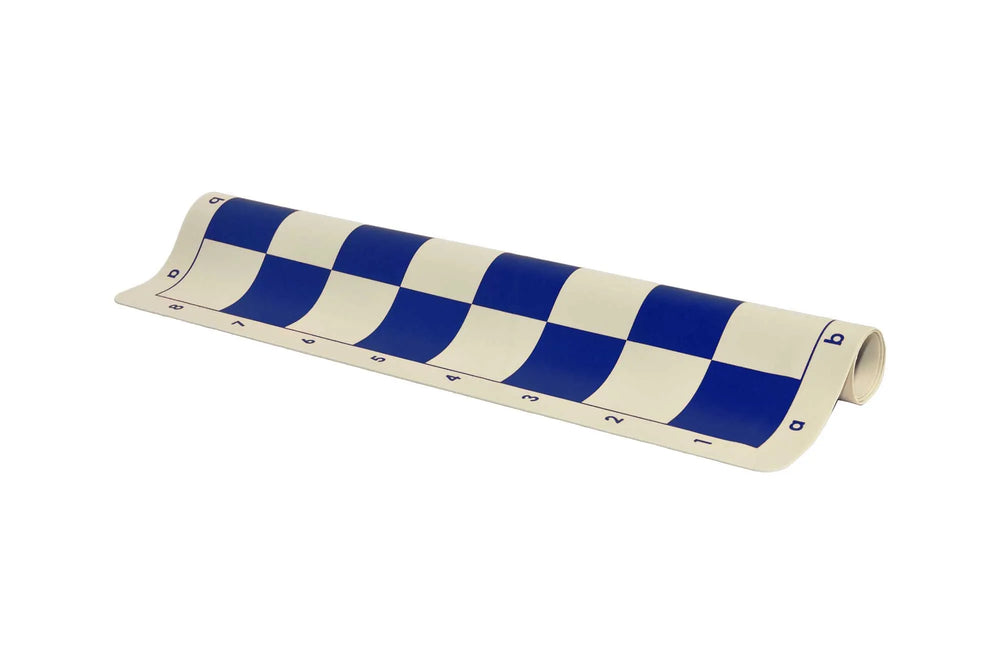
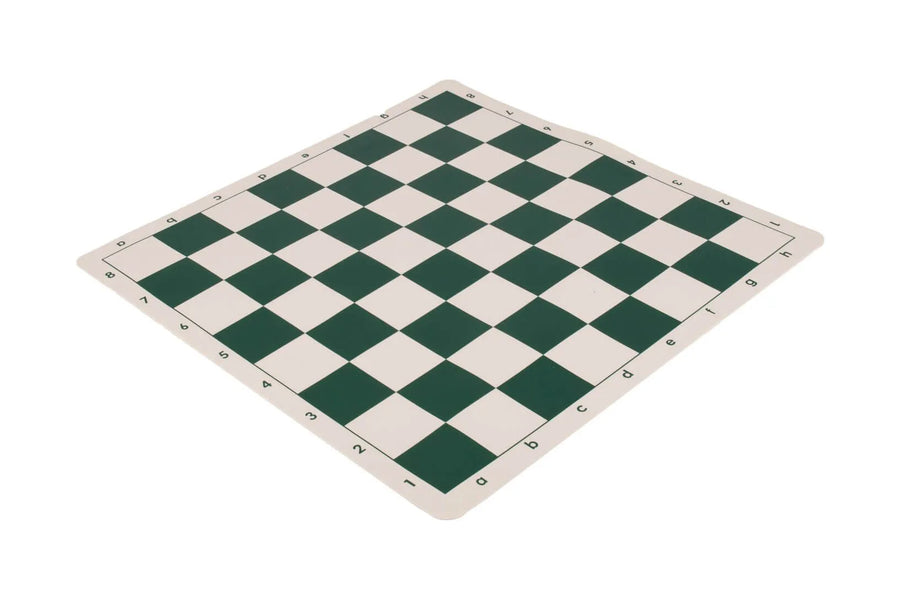
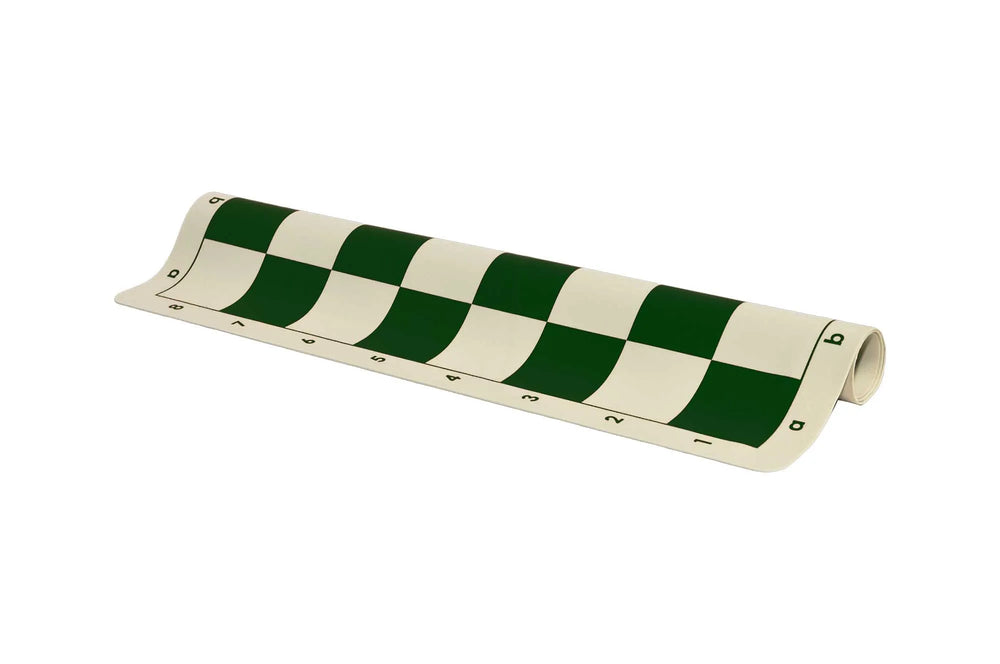
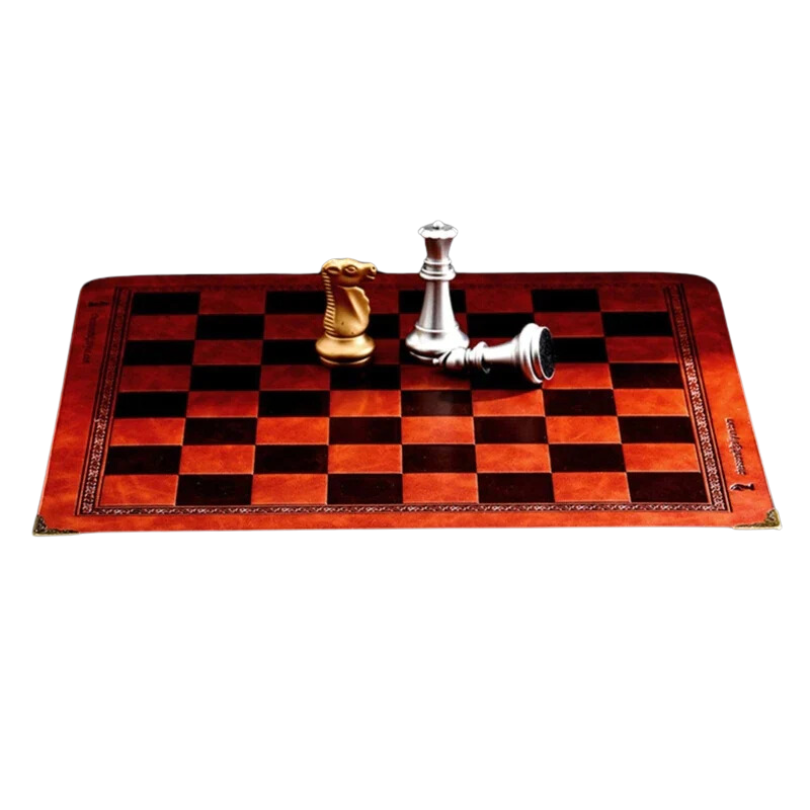
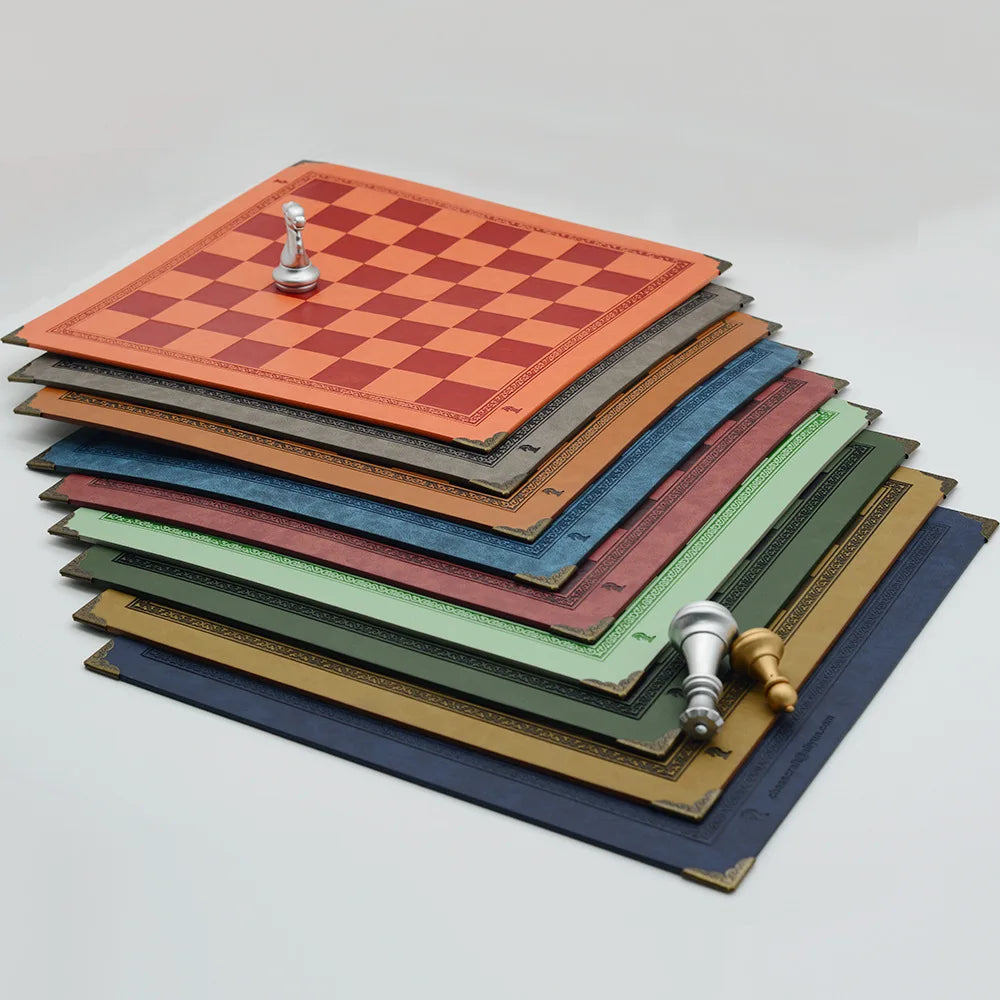
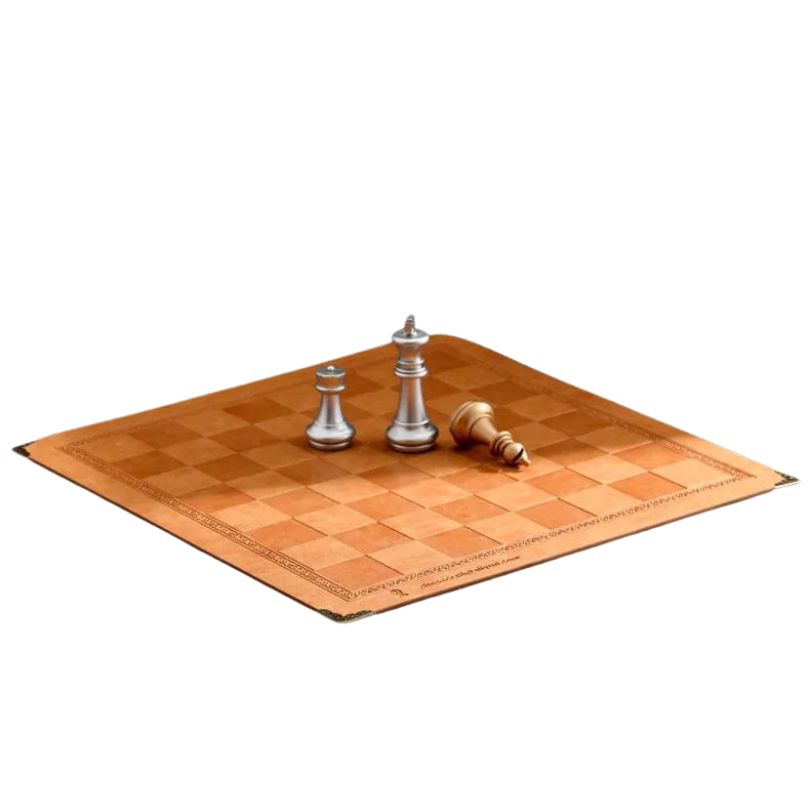
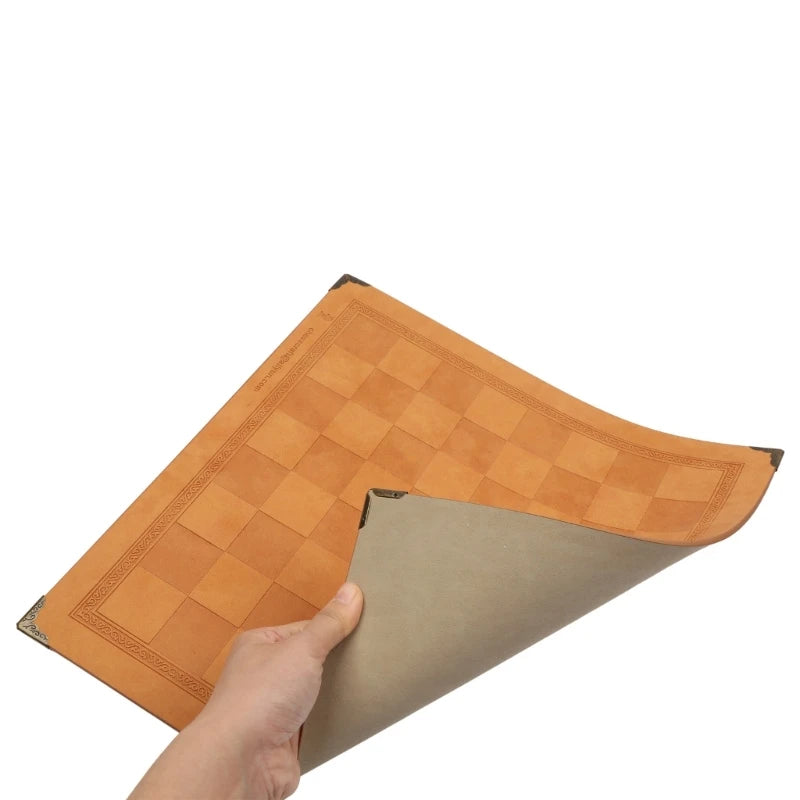
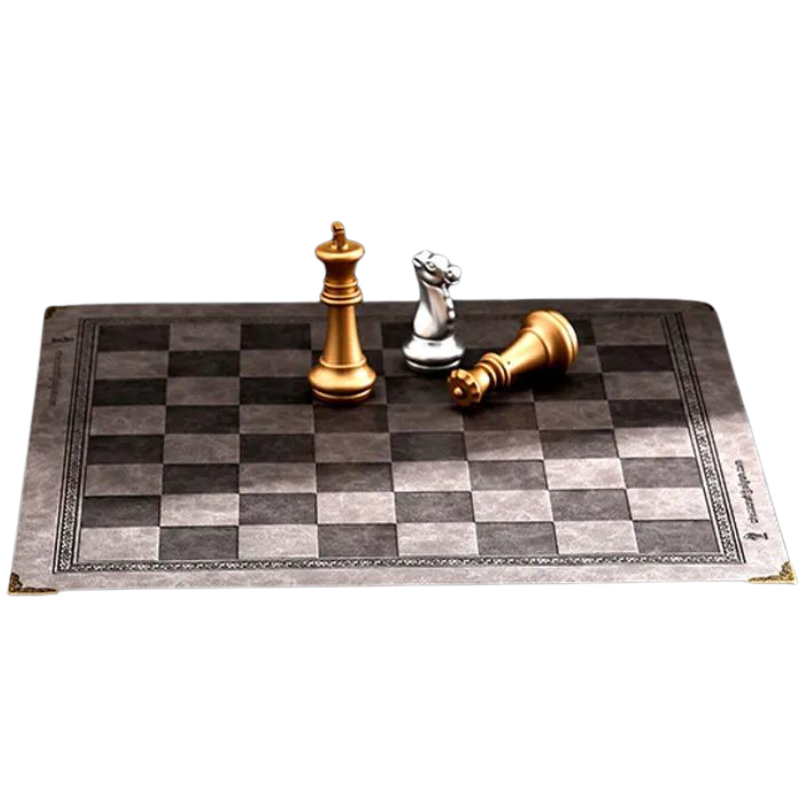
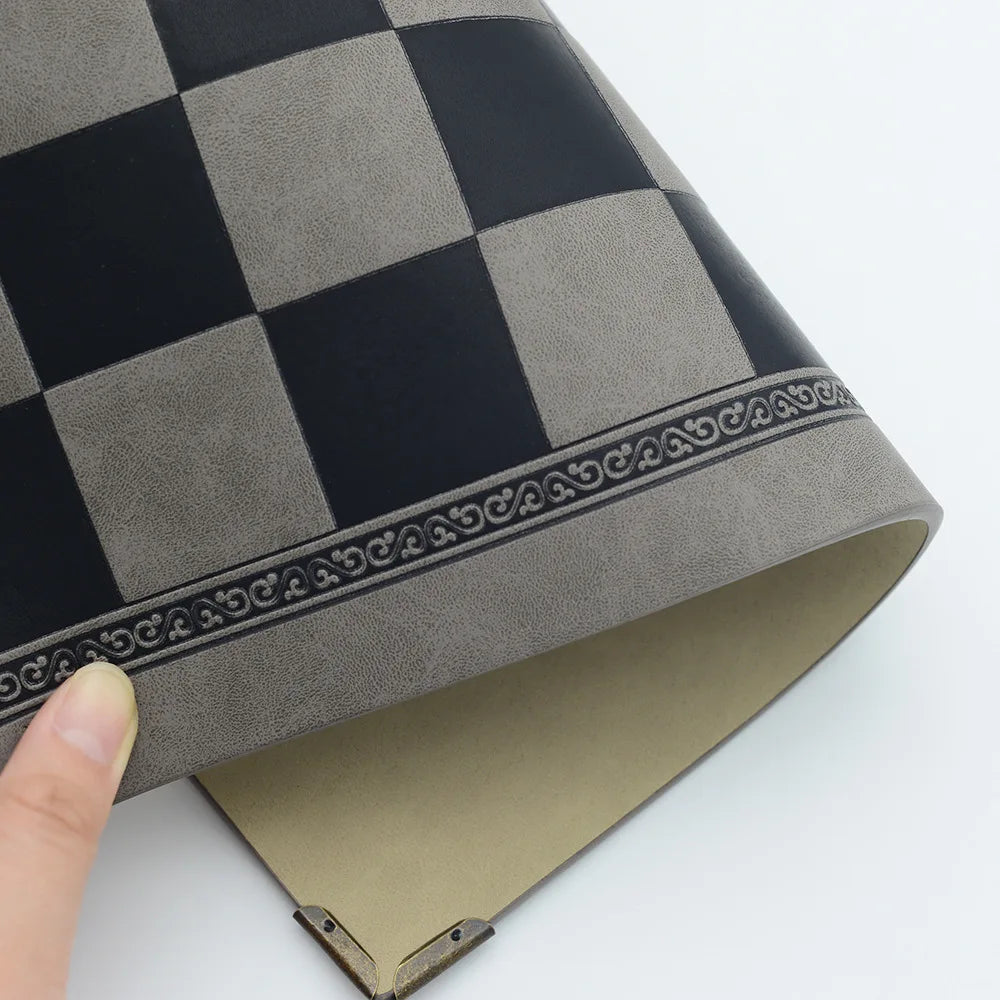


Leave a comment